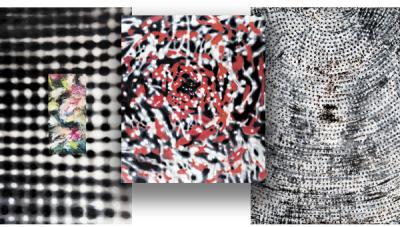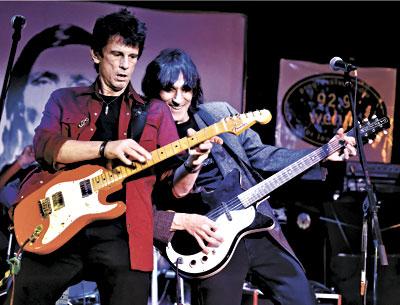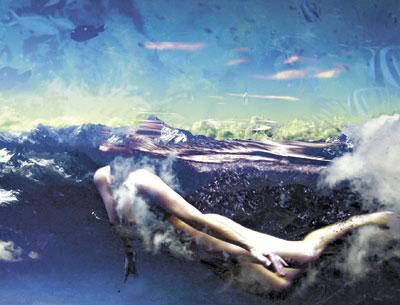Dueling Pianos
Dueling Pianos
Soyeon Kate Lee and Ran Dank will perform as a piano duo at the Levitas Center for the Arts at the Southampton Cultural Center on Saturday at 7 p.m., as part of the Rising Stars piano series. Ms. Lee, a Korean-American pianist, won first prize in the 2010 Naumburg International piano competition. A Pianofest distinguished artist, she has performed internationally as a guest soloist.
Mr. Dank has performed as a soloist at numerous venues in the United States and abroad. He won the Sander Buchman Memorial First Prize of the 2009 Young Concert Artists International Auditions, among other awards.
Ms. Lee and Mr. Dank will perform two-piano works: “Scaramouche” by Milhaud, “La Valse” by Ravel, and the four-hand arrangement of Stravinsky’s “Rite of Spring.” They are not only a duo on piano; they are also husband and wife.



